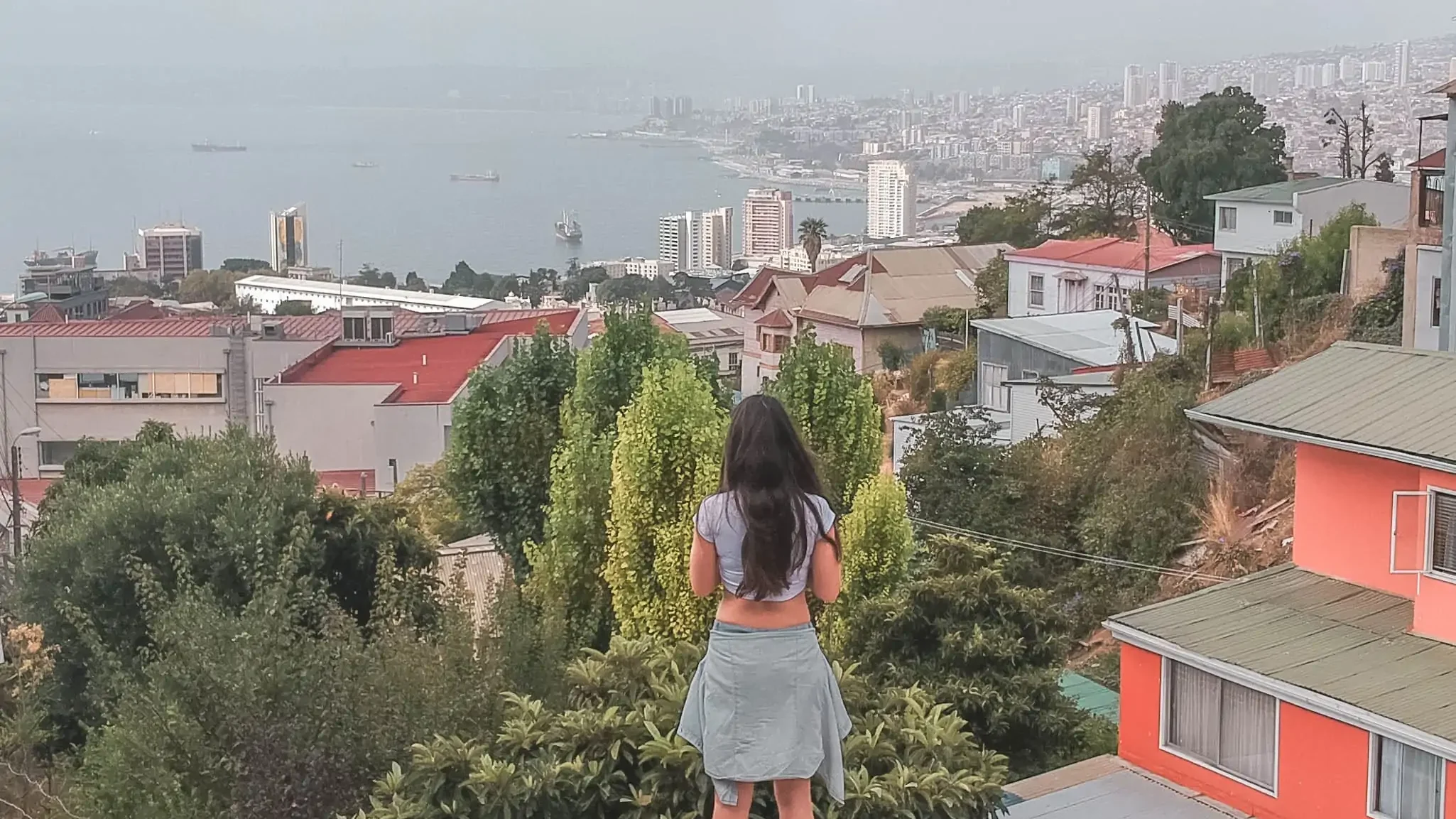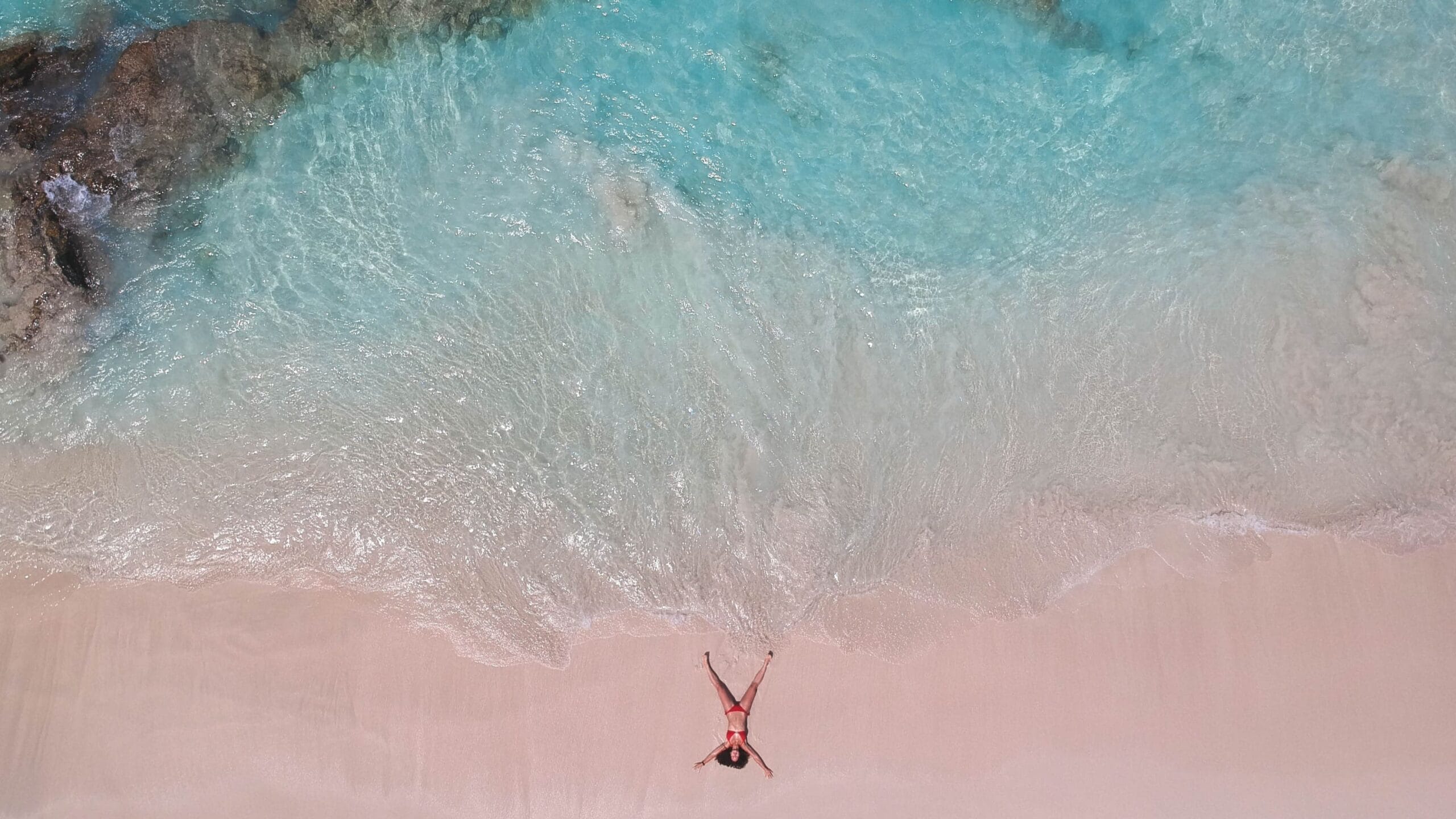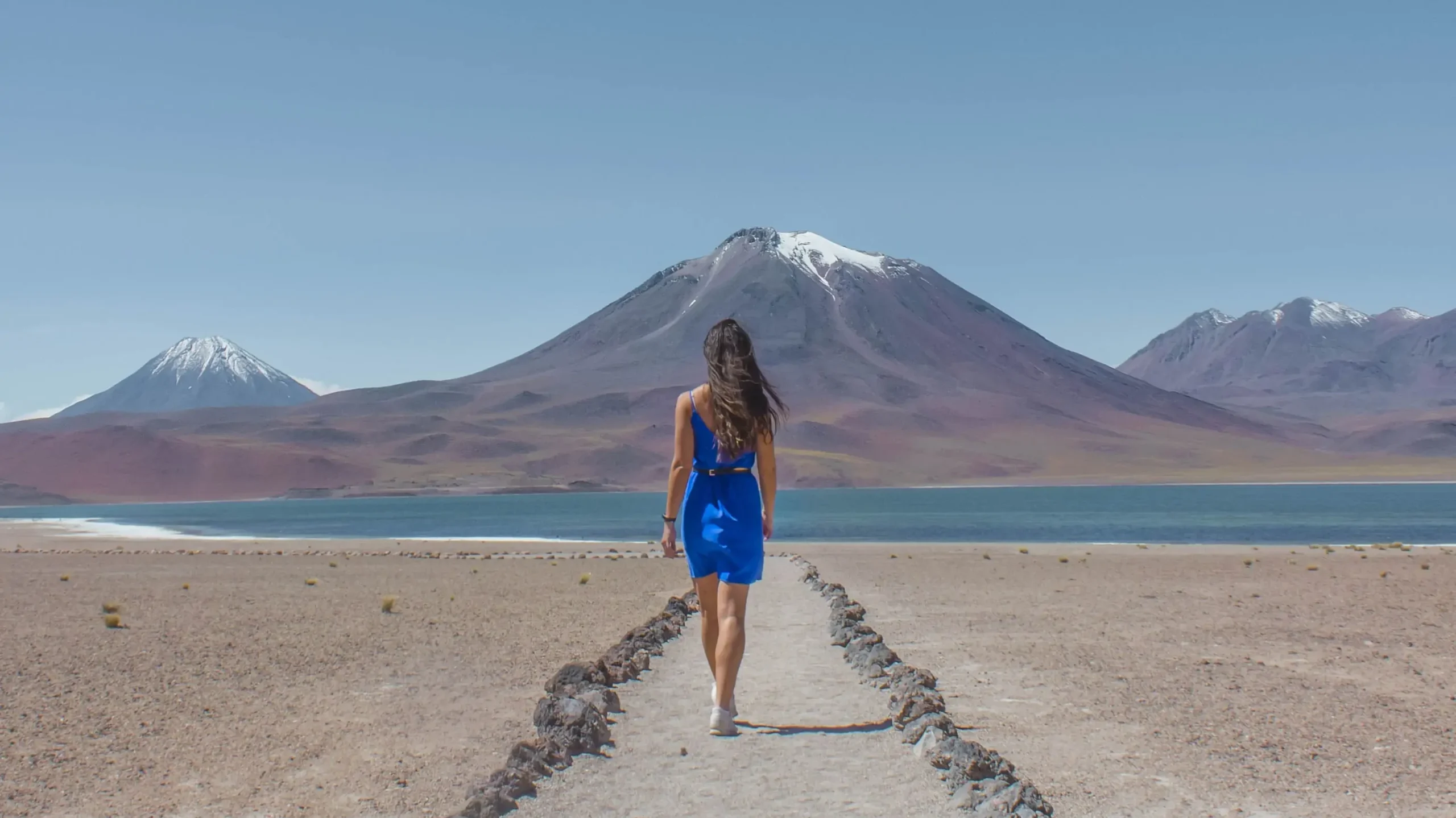
Let’s talk about Chile! A skinny, long country that’s stretched out like a giant slinky. Seriously, it’s the 38th largest country, but it’s only about 100 miles wide. You’ve got everything here: snow-capped mountains, sprawling deserts, and beaches that make you want to throw your work laptop into the ocean.
Just a quick note for my drone lovers, if you’re planning on flying your drone around the breathtaking landscapes, think again – drones are a no-go. Let’s dive in!
MENU
In this post:
A bit more about Chile
Chile’s geography is as diverse as a buffet: the Atacama Desert in the north is one of the driest places on Earth, while the south gets so cold you might need to wrap up in a blanket, a llama, and maybe a penguin (but only if you’re lucky enough to meet one). And don’t even get me started on Patagonia, it’s like the wild west but with more glaciers and less cowboy hats.
As for history, Chile has been through its fair share of ups and downs. It was once part of the mighty Inca Empire, later conquered by the Spanish, and finally became the independent republic we know today. It’s a country with a past that’s as turbulent as my attempts to speak Spanish.
Speaking of language – yes, they speak Spanish here, but it’s not just any Spanish. You’ll hear words like “po” (for emphasis, no, not a typo) and “bacán” (which is actually a compliment, I promise). The locals? Well, let’s just say Chileans are known for being friendly, warm-hearted, and always up for a good conversation. But be ready, they’ll talk fast, and they’ll be thrilled to share their country with you, even if they can’t stop laughing at your accent.

Itinerary
Chile is huge and when you’ve only got three weeks to explore it, you’ve got to fly around like you’re in the world’s most intense game of connect-the-dots. So, I did what any sane traveler would do: I flew from region to region. First stop: Santiago and its surrounding areas. From there, I hopped on a flight to the South Region – because why not add a little adventure to the mix? Next, I rented a car and road-tripped through the stunning Lake Region. After that, I flew even farther south to the Chilean Patagonia (cue the dramatic music). Finally, I wrapped up my trip in the North, where the desert meets the ocean in a whirlwind of stunning views.
The number of days to stay in Chile depends on your travel style and interests. For a quick getaway, 5–7 days can cover one region, such as exploring the highlights of Santiago and the nearby wine valleys or adventuring in Patagonia’s Torres del Paine National Park. For a more immersive experience, 10–14 days allows you to explore multiple regions, such as combining the Atacama Desert, the Lake District, and Patagonia with internal flights. For travelers with ample time, 3 weeks or more will let you dive deep into Chile’s diverse landscapes, culture, and history, giving you enough time to hike glaciers, stargaze in the desert, and road trip through the lush Lake District. Whether you’re a nature enthusiast, a city explorer, or somewhere in between, Chile’s endless variety makes it worth staying as long as you can.
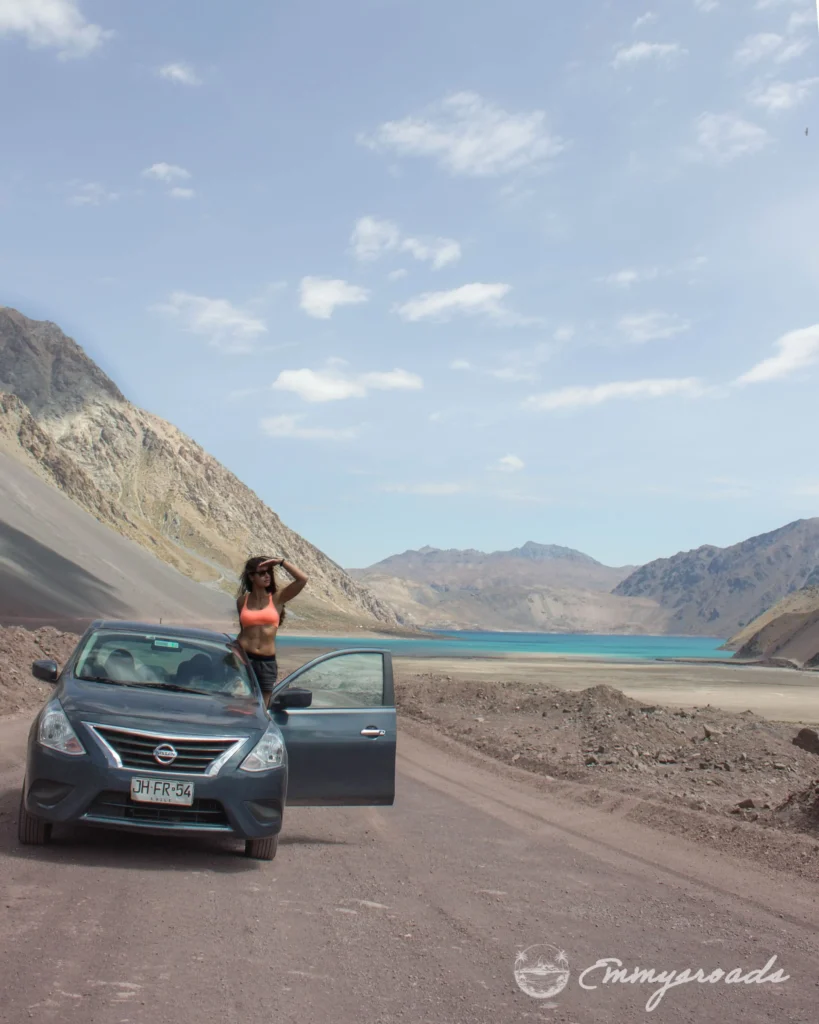
Average Spend
Chile can be pricey. Nature’s beauty comes with a price tag. So, how much will a trip to Chile set you back? Well, it depends on what kind of traveler you are. If you’re a backpacker living your best budget life, expect to spend around $40-$60 a day. This includes staying in hostels, eating at local markets (hello, empanadas), and using public transport.
On the other hand, if you’re someone who enjoys a bit more comfort (and by that, I mean not sharing your room with five other people), budget around $100-$150 a day. This will cover stays in mid-range hotels or private rooms, meals at decent restaurants, and the occasional splurge on activities like guided tours.
For those who like to travel in style (you know, the luxury kind), prepare to shell out $200+ a day. This means staying in fancy hotels, dining at upscale spots, and flying between regions like a true jet-setter.
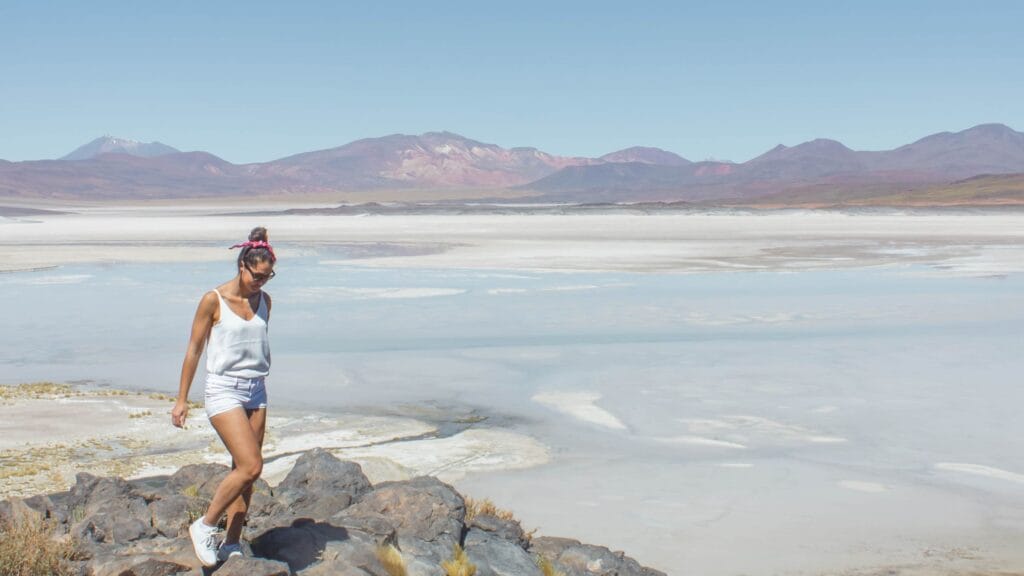
How to Get Around in Chile
Chile might be a long, skinny strip of a country, but getting around is easier than you’d think, whether you’re zooming across deserts, winding through mountains, or hopping between charming coastal towns. Here’s how you can explore it all like a pro:
1. Buses: The Real MVP
Buses in Chile are the backbone of travel, and honestly, they’re pretty awesome. Companies like TurBus and Pullman offer comfy seats, onboard snacks, and even reclining cama (bed) seats for those epic overnight journeys (hello, Patagonia dreams!). Bonus: they’re budget-friendly and run almost everywhere! Check options here.
2. Domestic Flights: Covering Serious Distance ✈️
Chile is LONG (like 4,300 km long!), so if you’re short on time, flying is your best friend. LATAM and Sky Airlines have frequent routes connecting Santiago with must-see spots like Atacama, Patagonia, and Easter Island. Pro tip: Book in advance here for the best deals!
3. Rental Cars: Road Trip Vibes 🚗
If you’re all about flexibility, renting a car is the way to go, especially in areas like the Lake District or Patagonia, where public transport is scarce. Be prepared for some bumpy roads and always check if your route requires a 4×4 (looking at you, Torres del Paine). Check the best deals here.
4. Metro & Public Transport: City Slicking 🚇
In Santiago, the metro is a lifesaver: fast, cheap, and gets you to all the cool spots. Buses and colectivos (shared taxis) are also great for short distances, but beware of rush hour unless you enjoy feeling like a sardine.
5. Hitchhiking: The Adventurous Option
In the more remote areas, hitchhiking is surprisingly common and safe. Just flash a friendly smile, and you might end up with a ride and a great travel story.
No matter how you choose to get around, Chile’s got a ride for every traveler, whether you’re in it for the adventure, the comfort, or just chasing those unreal landscapes.
What’s the best time of year to visit Chile?
Chile’s diverse geography means there’s a perfect time to visit year-round. If you’re into hiking and outdoor adventures, the best time is during the summer months (December to February) when the weather is warm and dry. For a more budget-friendly visit with fewer crowds, the shoulder seasons (spring and autumn) are great options. If you’re heading to the southern regions, like Patagonia, prepare for colder weather in the winter (June to August) and bring layers!
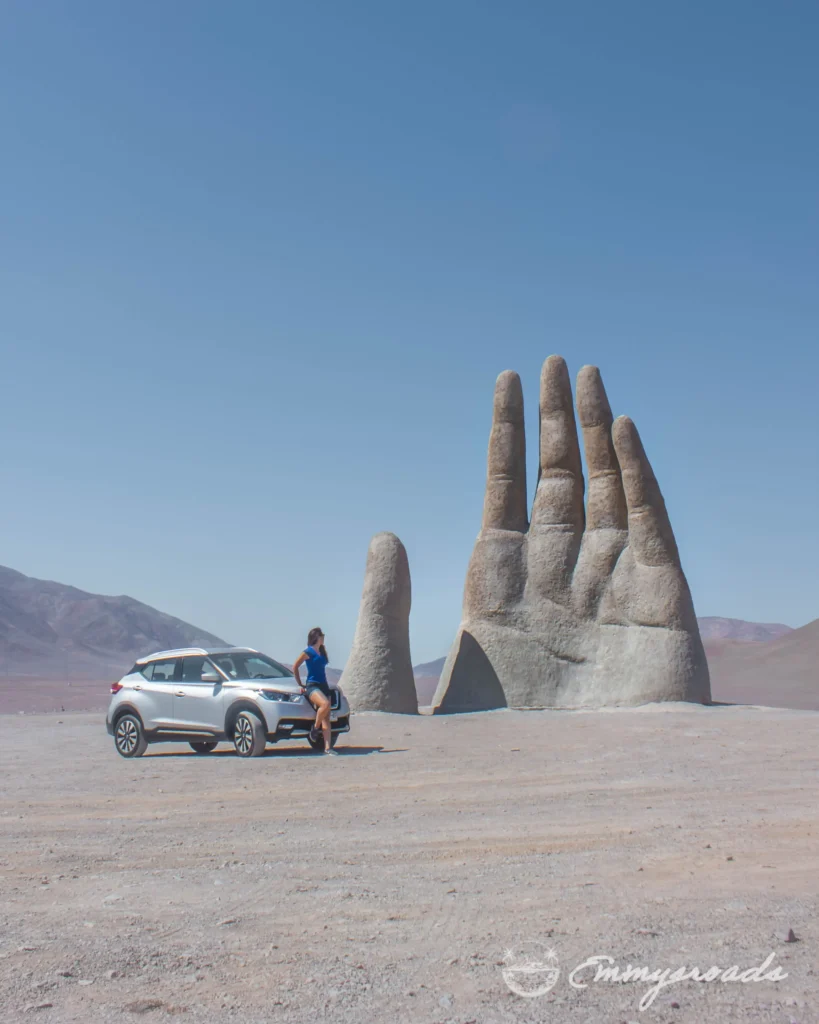
Safety
As a solo female traveler, I have to say – Chile made me feel pretty safe throughout my journey. The only place where I had to stay sharp was in certain parts of Valparaíso. The rule? Stick to the tourist areas, stay alert, and keep an eye on your stuff (because let’s be real, nobody wants to lose their phone while on the adventure of a lifetime).
Chile is one of the safest countries in South America for solo travelers, including females. Most areas are quite welcoming and friendly, with locals eager to share their culture. That said, like anywhere else, it’s important to stay vigilant in busy areas, and avoid walking alone at night in unfamiliar spots. Stick to well-traveled areas, keep an eye on your belongings, and you’ll have a fantastic time exploring this beautiful country.
Internet Speed and Best Sim Card
Wifi Speed
Wi-Fi speeds in Chile can vary significantly depending on your location. In urban areas like Santiago and Valparaiso, you can expect speeds of 15-50 Mbps in most cafes, hotels, and other public places with good Wi-Fi coverage. In rural areas or smaller towns, speeds might drop to 5-15 Mbps, and in remote regions like Patagonia or the Atacama Desert, you could experience slower connections, sometimes under 5 Mbps.
While these speeds are generally sufficient for browsing, checking emails, and using social media, streaming high-definition videos or downloading large files might be more challenging, especially in less populated areas. For a more stable connection, especially when traveling to remote destinations, it’s a good idea to use a local SIM card with mobile data or rent a portable Wi-Fi device.
Stay secure and unlock better deals with a VPN! Protect your data, access cheaper flights, and keep streaming your favorite Netflix shows from anywhere. Fast, private, and hassle-free browsing wherever you go! Get yours here.
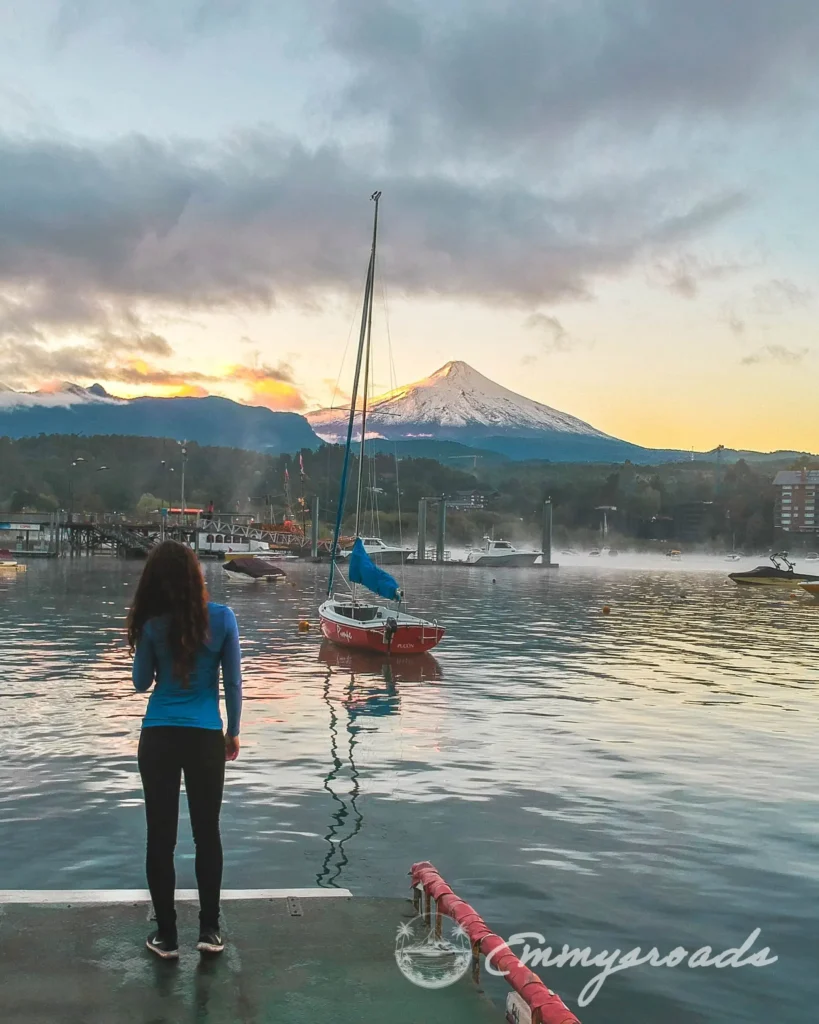
Best Sim Card
When traveling to Chile, getting a local SIM card is an affordable way to stay connected. The top providers are Entel, Movistar, and Claro, each offering good coverage across the country. For tourists, the most convenient option is the Entel Prepaid Tourist SIM, which provides 1GB of data and 30 minutes of local calls for around CLP 2,000 (about $2.50 USD). You can top up data as needed with plans ranging from 2GB to more extensive options with up to 10GB for CLP 10,000 (approximately $12 USD). These SIM cards are available at the airport or in major cities at mobile stores, and activation is easy, usually requiring only a passport for identification.
Skip the hassle of hunting for a local SIM, Airalo gives you instant, affordable, and hassle-free connectivity the moment you land. No physical SIMs, no surprise fees, just seamless data in multiple countries with one easy app. Stay connected smarter, check options here.
FAQ
Frequently Asked Questions About Chile
Chile offers an adventure lover’s paradise. From hiking the Torres del Paine National Park in Patagonia, to exploring the unique salt flats and lunar landscapes of the Atacama Desert, there are endless opportunities for outdoor activities. You can also enjoy skiing in the Andes, visiting vineyards in the Central Valley, or whale watching in the southern waters. Whether you’re a hiker, skier, or beach-goer, Chile’s geography has something for everyone. Check my dedicated posts for more information
For travelers from the United States, Canada and most European countries, a valid passport is required for entry into Chile. No advance visa arrangements are necessary for stays of up to 90 days. Upon arrival, you will be processed by immigration and granted a visit of up to 90 days. It’s advisable to check with your consulate for the latest visa information and ensure your passport is valid for the duration of your stay.
While Spanish is the official language of Chile, you can get by with English in most tourist areas, especially in Santiago and popular regions like Patagonia and the Lake District. However, a little knowledge of basic Spanish (like greetings and “gracias” for thank you) will go a long way in enhancing your experience, and locals will appreciate the effort!
So, is Chile worth a visit? Well, I think the fact that I’m here solo speaks for itself. Let’s get into it!
Just before you go: Travel insurance is a must-have for any trip—whether it’s covering medical emergencies, trip cancellations, or lost luggage, it’s your reliable backup plan. Stay worry-free and focus on the adventure, knowing you’re protected no matter what happens! Get protected here.




